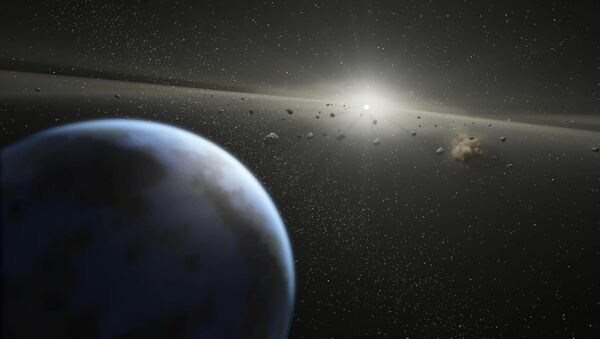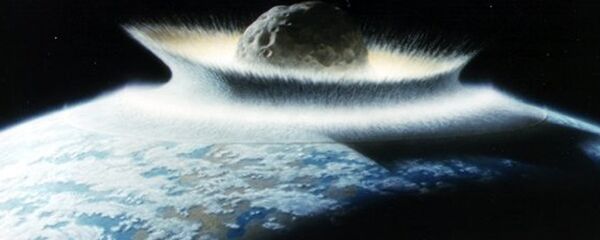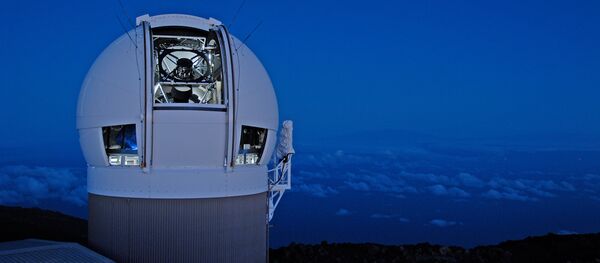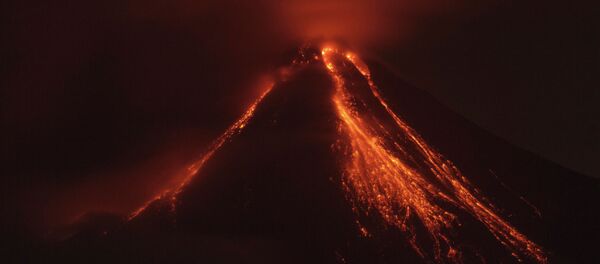Discovered two years ago, near-Earth object 2013 TX68 is roughly the size of a basketball court; fairly small, as asteroids go. TX68 is locked in an orbit that brings it near our planet every few years.
The next transit is expected to occur March 5. How close will it come to Earth? Scientists aren’t exactly sure.
"The variation in possible closest-approach distances is due to the wide range of possible trajectories for this object, since it was tracked for only a short time after discovery," NASA officials said in a statement released Wednesday.
While there’s no risk of impact, the asteroid could come as close as 11,000 miles from Earth, or inside the orbit of many satellites. For comparison, the Moon is 238,900 miles from Earth.
On the other extreme end of the scale, TX68’s transit could occur 9 million miles away.
While the Earth will be either narrowly or widely missed next month, the asteroid, like the Terminator, will be back. Scientists have listed three future dates in which there are small chances of impact. In September 2017, there is a 1 in 260 million chance of impact. In 2046, there is a 1 in 8.3 billion chance, and, in 2097, there will be a 1 in 5.3 billion chance.
"The possibilities of collision on any of the three future flyby dates are far too small to be of any real concern," Paul Chodas, manager of the Center for NEO Studies at NASA’s Jet Propulsion Laboratory, said in a statement.
The odds are small, but even if an impact did occur, TX68 wouldn’t bring about a mass extinction. At roughly 100 feet in diameter, TX68 is something less than twice as large as the near-Earth object that exploded over the Russian city of Chelyabinsk in 2013. While that meteorite certainly caused damage, it probably won’t inspire any future Michael Bay movies.
TX68 would likely create a similar fireball in the sky, and possibly a small impact crater.
By comparison, the asteroid believed to have killed the dinosaurs, Chicxulub, was roughly 6 miles wide – larger than Mount Everest – and left a crater at least 93 miles wide. Even that space mountain was puny compared to an asteroid believed to have struck the Earth 3.26 billion years ago. Occurring during an era in Earth’s history known as the "Late Heavy Bombardment," that object measured approximately 23 miles in diameter, and left a crater 297 miles wide.
In other words, TX68 isn’t the one we need to worry about.





